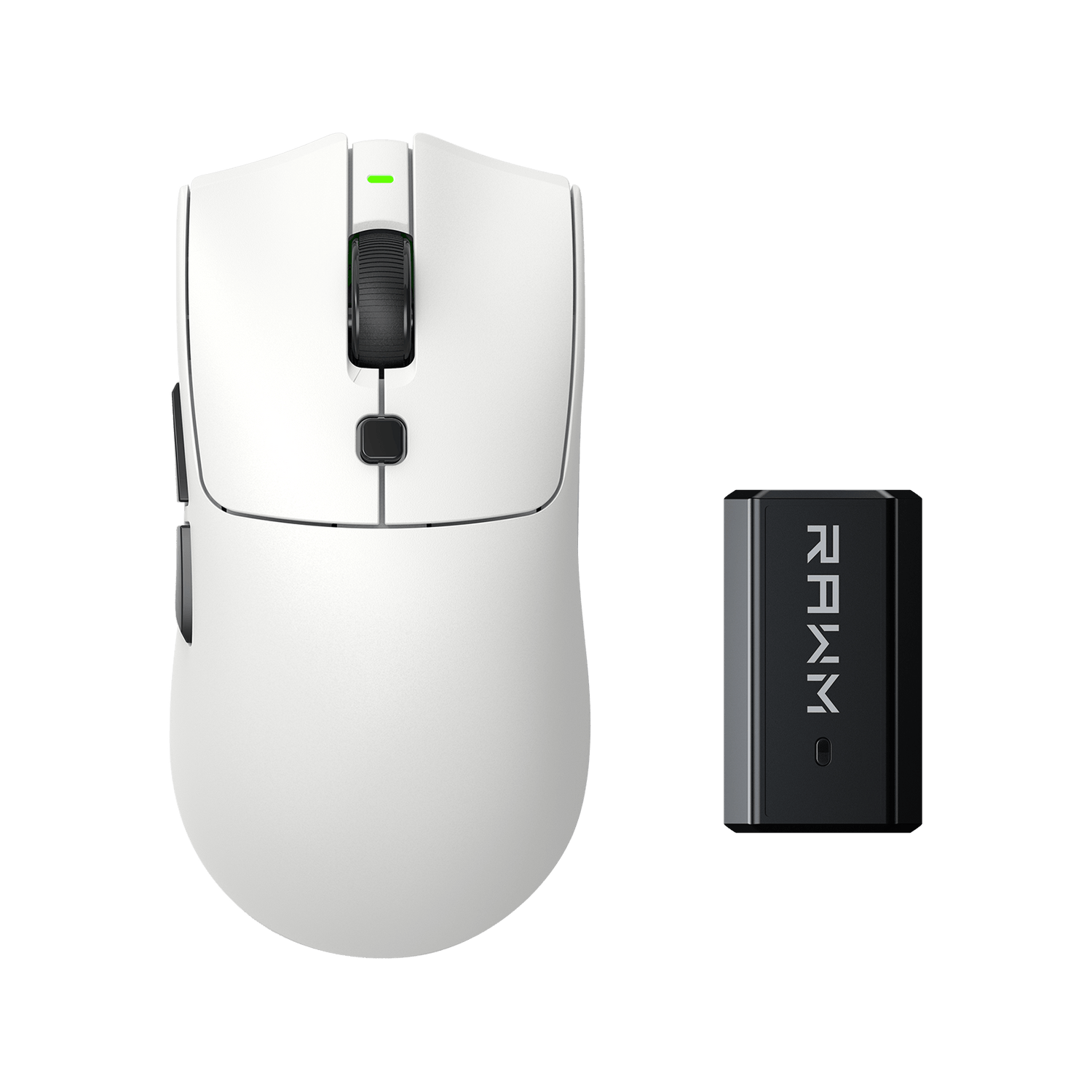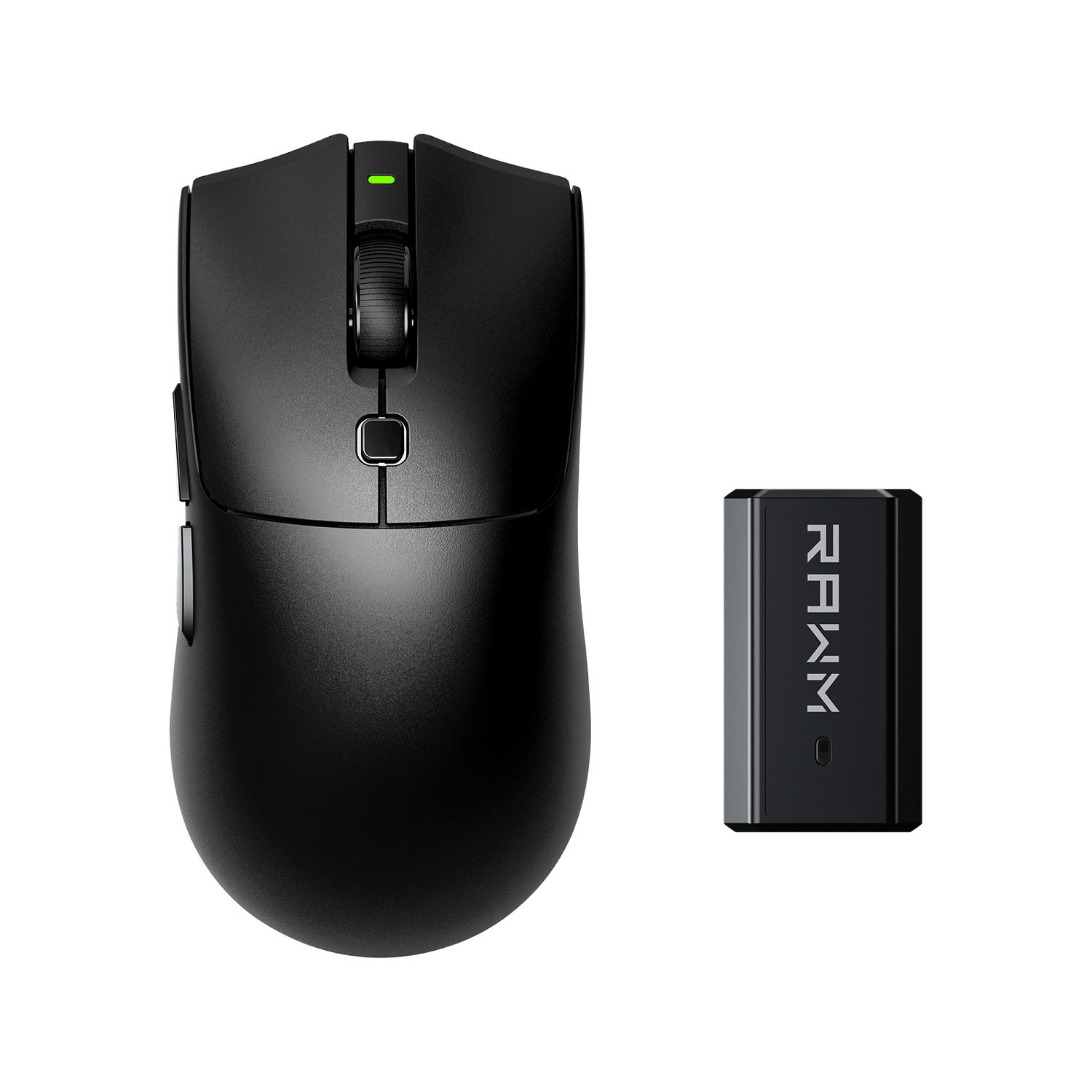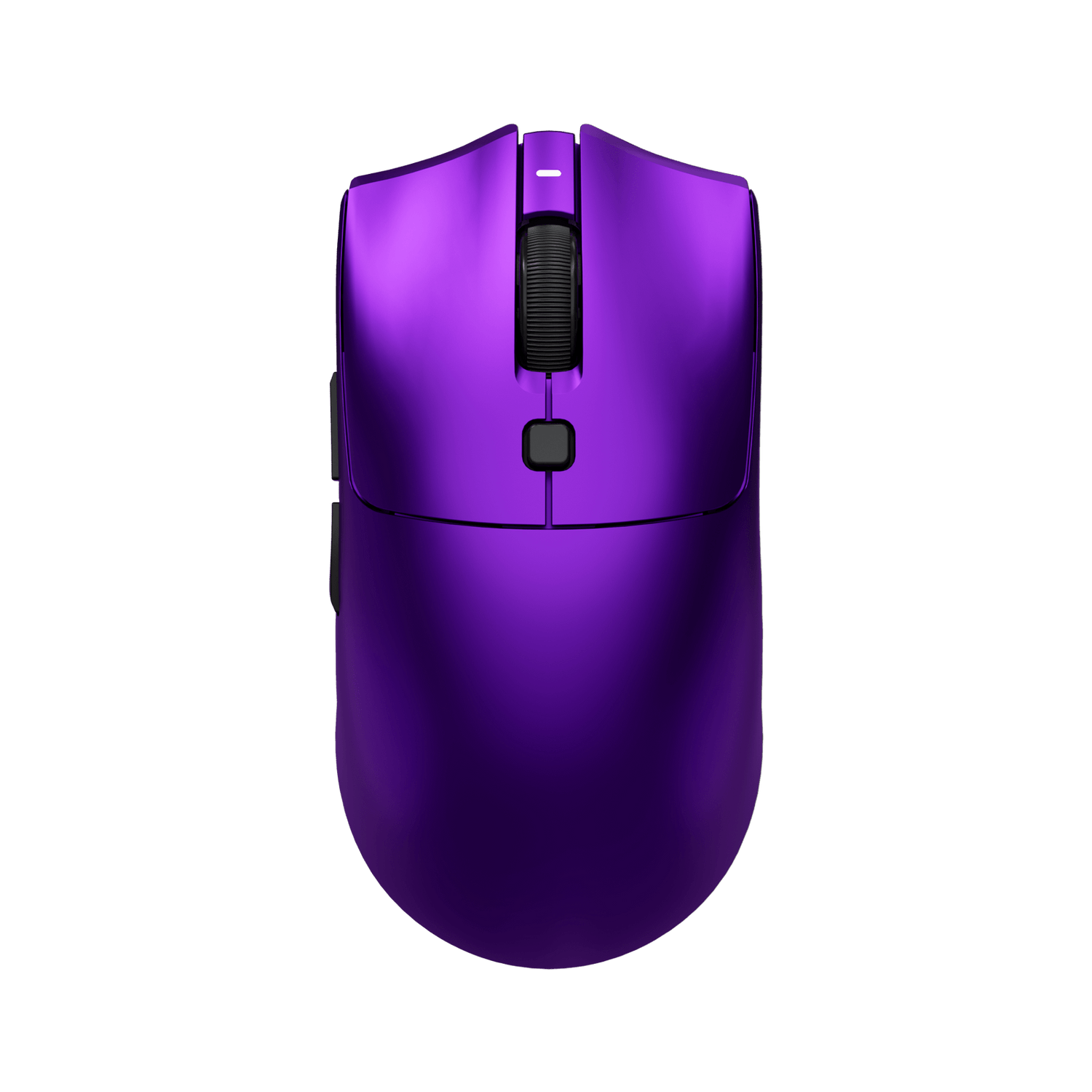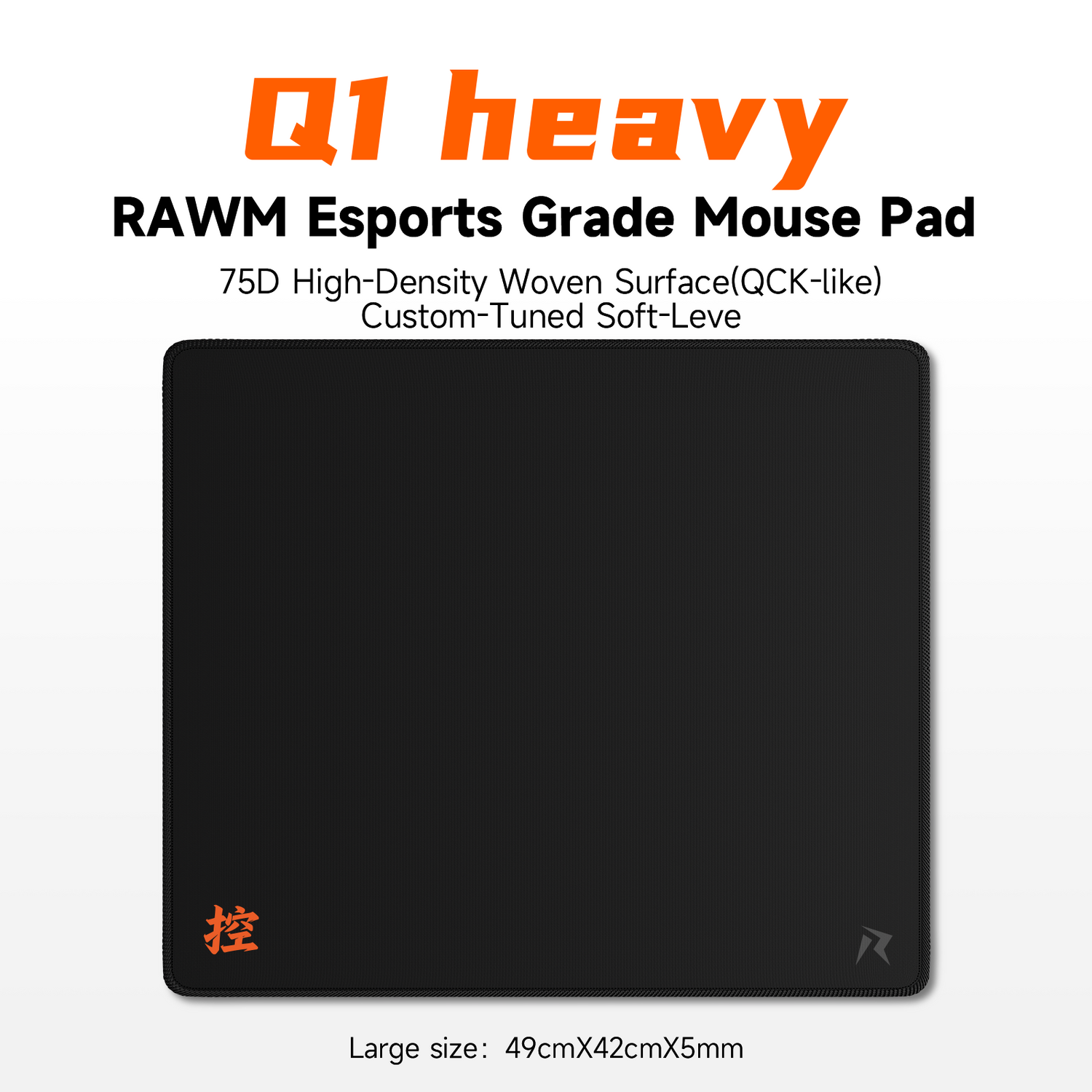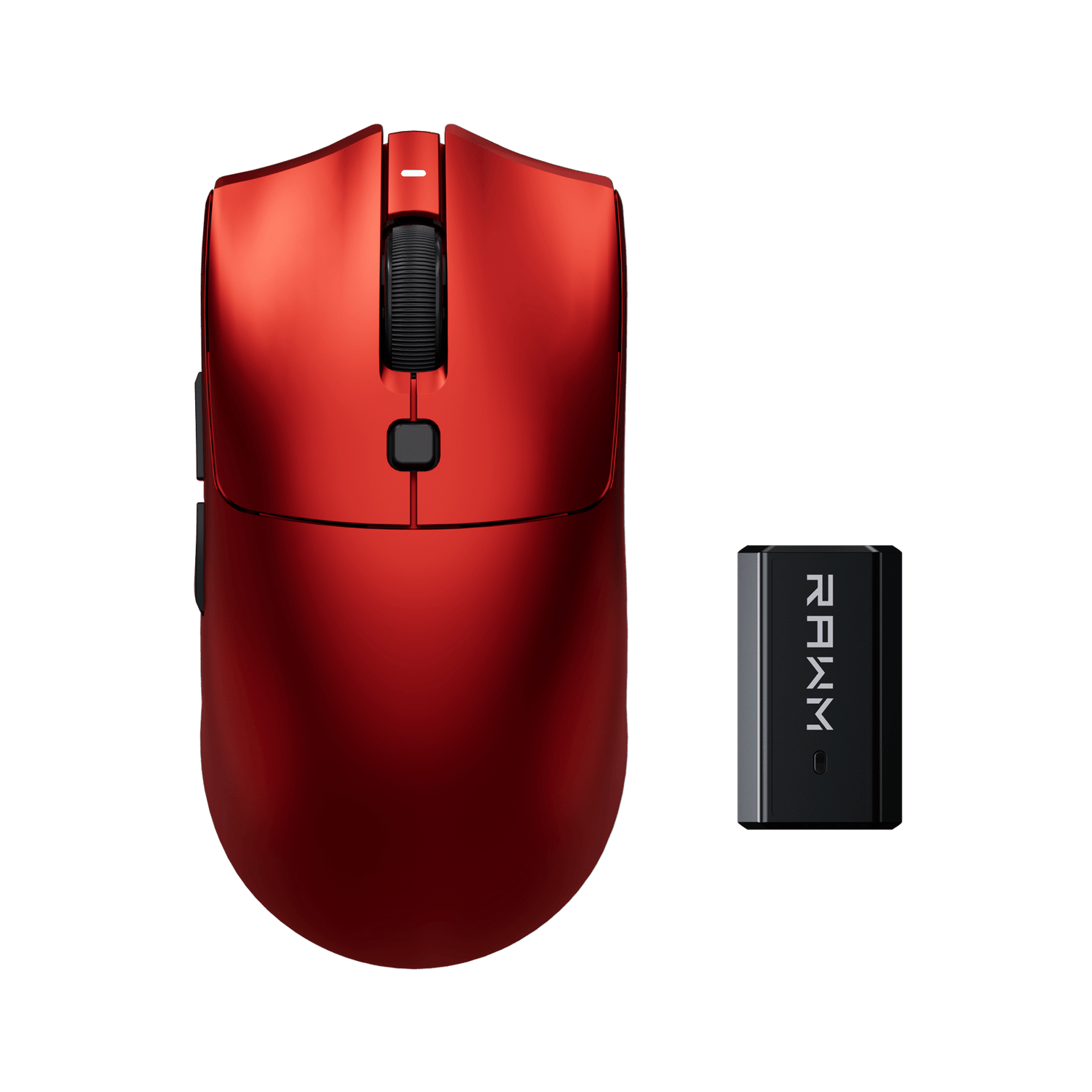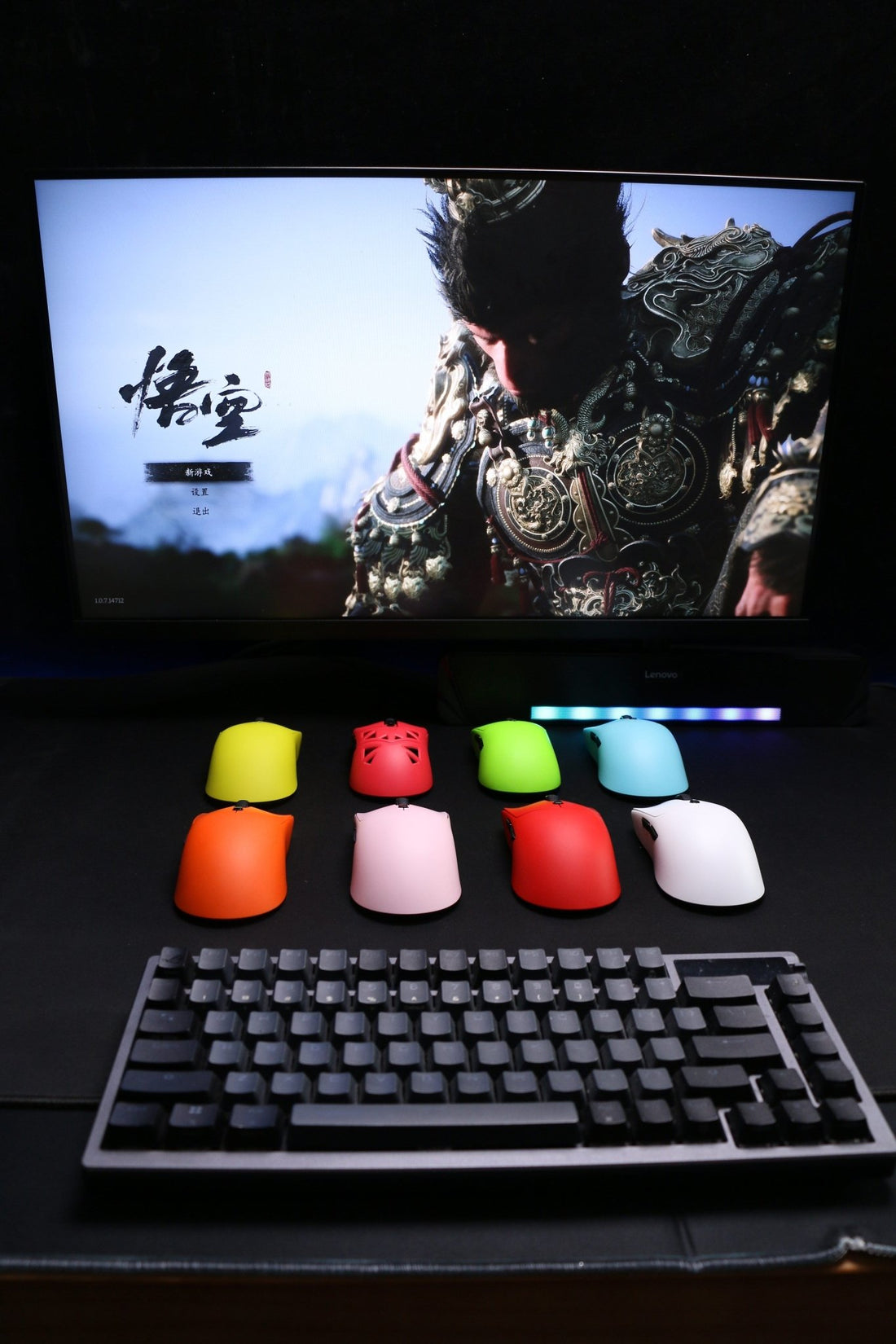
A Step-by-Step Guide of How to Connect a Wireless Mouse to Your Computer?
- 1. How Does a Wireless Mouse Work?
- 2. How to Connect a Wireless Mouse with a USB Receiver
- 3. How to Connect a Wireless Mouse via Bluetooth
- 4. Troubleshooting Wireless Mouse Connection Issues
- 5. How to Maintain Your Wireless Mouse
- 6. Enjoy the Convenience of a Wireless Mouse
The Convenience of a Wireless Mouse
A wireless mouse is a fantastic option for computer users who want the freedom to move around without being restricted by cables. Whether you’re working from your desk, gaming, or simply browsing the web, a wireless mouse provides enhanced flexibility and comfort. However, for those new to the world of wireless peripherals, the process of connecting the mouse to your computer can seem tricky.
Let's guide you through the steps to connect a wireless mouse to your computer. We’ll cover both Bluetooth and USB receiver connections, ensuring that you can get your mouse up and running in no time. By the end of this article, you’ll be fully equipped to enjoy the benefits of a wireless mouse without hassle.
1. How Does a Wireless Mouse Work?
The Basics of Wireless Technology
Before we dive into the steps, it’s important to understand how a wireless mouse operates. Essentially, a wireless mouse communicates with your computer through Bluetooth or a USB wireless receiver. Both methods allow the mouse to transmit signals to the computer without a physical connection.
-
Bluetooth Wireless Mouse: Uses Bluetooth technology to connect to your computer, meaning you don’t need a receiver plugged into a USB port.
-
USB Receiver Wireless Mouse: Uses a small USB receiver that plugs into your computer’s USB port. This receiver communicates wirelessly with the mouse.
Benefits of Using a Wireless Mouse
-
Clutter-Free Desk: No cables mean more space and fewer tangles.
-
Flexibility and Range: Wireless mice typically offer a longer range than wired mice, allowing you to move the mouse more freely.
-
Portability: Perfect for on-the-go, especially when paired with a laptop.
2. How to Connect a Wireless Mouse with a USB Receiver
Step 1: Insert the USB Receiver into the Computer
The most common method for connecting a wireless mouse is using a USB receiver. Here’s what you need to do:
-
Locate the USB receiver that came with your wireless mouse. This is a small USB device that fits into your computer’s USB port.
-
Plug the USB receiver into an available USB port on your computer. Most modern computers will automatically recognize the device.
Step 2: Power On the Wireless Mouse
-
Look for the on/off switch on your wireless mouse. This is usually located on the underside or side of the mouse.
-
Turn the mouse on, and ensure that the battery is properly installed or charged if necessary. Some wireless mice come with rechargeable batteries, while others use disposable ones.
Step 3: Wait for the Computer to Detect the Mouse
-
Once the USB receiver is plugged in and the mouse is powered on, your computer should automatically detect the mouse.
-
In most cases, no additional software or drivers are required, as the USB receiver typically works with plug-and-play functionality.
Step 4: Test the Mouse
-
Move the mouse around to see if the cursor on the screen moves accordingly. If the mouse is working, the connection is complete.
3. How to Connect a Wireless Mouse via Bluetooth
Step 1: Ensure Your Computer Has Bluetooth
To connect a Bluetooth wireless mouse, your computer must have Bluetooth capabilities. Most modern computers and laptops come with built-in Bluetooth, but some older models may require a Bluetooth dongle.
-
If your computer doesn’t have Bluetooth, you can purchase a Bluetooth USB adapter to enable the connection.
Step 2: Put the Mouse into Pairing Mode
-
Turn the mouse on and look for a pairing button. This button is typically located on the underside of the mouse and may be labeled as “connect” or “pairing.”
-
Press and hold the pairing button until the mouse enters pairing mode. This is usually indicated by a blinking light or a specific color change on the mouse.
Step 3: Pair the Mouse with Your Computer
-
On your computer, open the Bluetooth settings. You can typically access this through the control panel or by clicking on the Bluetooth icon in the taskbar (for Windows) or System Preferences (for macOS).
-
In Bluetooth settings, click “Add Bluetooth Device” or “Pair New Device” and wait for the computer to detect the mouse.
-
Select your mouse from the list of available devices and click “Pair”. Your computer should now establish a connection with the mouse.
Step 4: Test the Mouse
-
Once the mouse is paired, move it around to check if the cursor is responding correctly. If the connection is successful, the mouse should be fully functional.
4. Troubleshooting Wireless Mouse Connection Issues
Sometimes, things don’t always go smoothly when connecting your wireless mouse. Here are a few common problems and their solutions:
1. Mouse Isn’t Responding After Connecting
-
Solution: Check if the USB receiver is properly inserted or if the Bluetooth pairing was successful. Ensure that the mouse has sufficient battery power.
2. Mouse Stutters or Lags
-
Solution: Make sure there are no obstructions between the mouse and the USB receiver or Bluetooth connection. Try moving closer to the receiver or resetting the connection.
3. Mouse Doesn’t Work After Restarting the Computer
-
Solution: Restart your computer with the USB receiver plugged in or the Bluetooth connection active. Sometimes, a restart can resolve minor connection issues.
5. How to Maintain Your Wireless Mouse
1. Keep the Mouse Clean
-
Regularly clean your mouse to prevent dust and grime buildup. Use a microfiber cloth to gently wipe the surface.
2. Store the Mouse Properly
-
When not in use, store the mouse in a safe place to prevent it from being damaged. If your mouse has removable batteries, consider removing them when storing it for an extended period.
3. Check the Batteries
-
If your wireless mouse uses disposable batteries, make sure to replace them regularly. For rechargeable mice, charge them before the battery runs out completely.
6. Enjoy the Convenience of a Wireless Mouse
Connecting a wireless mouse to your computer is a simple process that enhances your overall computing experience. Whether you choose a Bluetooth connection or use a USB receiver, the key is to follow the necessary steps to ensure a stable and responsive connection. With a wireless mouse, you’ll enjoy greater mobility, fewer cables, and a cleaner, more comfortable setup.
What’s your experience with wireless mice? Do you prefer a Bluetooth connection or a USB receiver for your mouse? Share your thoughts and tips in the comments below!
>>See also What’s Inside Your Computer Mouse? >>>>>




